Garnet Ghost Town
Introduction
Text-to-speech Audio
Images
Garnet Ghost Town
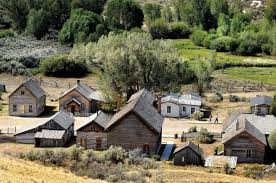
Garnet's 19th century Main Street
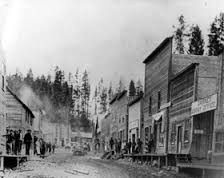
Inside of a home in Garnet Ghost Town
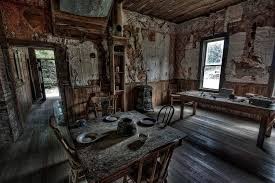
Overhead view of Garnet Ghost Town
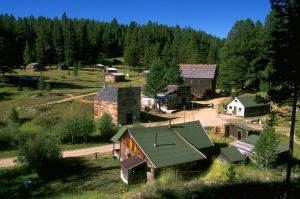
Miners and shopkeepers on Garnet's Main Street
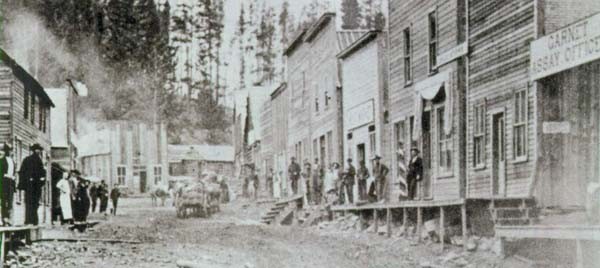
Backstory and Context
Text-to-speech Audio
Mining
was and still is to this day a very important way to get
natural resources. While there are still many mines throughout North
America that are still in use, during the 19th and 20th
centuries mining was at its peak. It wasn't until the late
1860s that prospectors began to realize that there were rich
supplies of gold ore that could be mined out of the Garnet Range, but
the terrain was so steep and uneasy to travel by that many of the
miners decided against excavation. In 1873 a man by the name
of Samuel Ritchie decided to begin mining part of the range
by himself, often sending the gold ore he dug up back town the
mountain on his mule to sort and sell. Other miners began to catch
on, and soon a small camp formed near the mine, and Ritchie became
the "founder" of the town that had began to form.
When
the Sherman Act of 1893 was repealed, silver values plummeted, and
miners had to turn to something new and profitable: gold. The
Garnet Range held vast quantities of gold and now that people had
began to mine there, even more miners started to show up and stake
claims. The small mining camp began to grow in a matter of days as
miners and their families moved to the area. In 1894, a doctor named
Armistead Mitchell decided to build a mill so the ores dug up didn't
have to be sent so far off to be sorted, and by that time a town had
formed. The town first called itself Mitchell, after the doctor who
gave them the mill that helped the miners out immensely, but later
was renamed Garnet, after the mountain range that provided miners
with ore. By 1989, the town had a post office, a school, multiple
markets, a hotel, saloons, and over 1000 people living in it. Sadly,
by the the begging of the 1900s, mines started to close as
production diminished. To make matters worse, a large fire nearly
wiped out the town in 1912. Population slowly diminished until the
town was finally deserted completely in 1950.
Garnet
continued to deteriorate until the BLM (Bureau of Land Management)
got together with the members of the Montana Historical Society and
began to make plans to save the historical ghost town. Since many of
the buildings in Garnet were built quite quickly to keep up with all
of the people flowing into the town, their foundations were not very
stable, so the BLM set out to secure the buildings and fix any of
them that were falling apart. To this day, the BLM still watches over
Garnet, while the Garnet Preservation Society operates the volunteer
guide services in the town. There are about 24 buildings that remain
in Garnet, and all of them can be explored by tourists either with
help from a guide or by themselves. The fee to enter the village is
$3, and free for children under 16, and if you have furry children,
they are allowed too as long as they are on leashes. The town is easy
to drive to between May and November, but during winter months the
town can only be accessed by skiing there or by snowmobiling there
along the trails, and since the winter trip is a bit difficult,
anyone that makes it there during those months doesn't have to pay
the fee. Garnet is truly a town worth visiting, and visitors can
expect to gain new-found knowledge of how early mining towns worked
and came to be.
